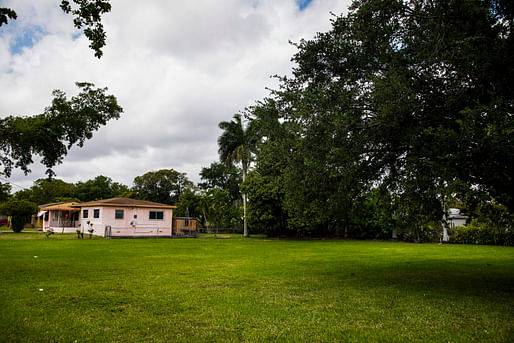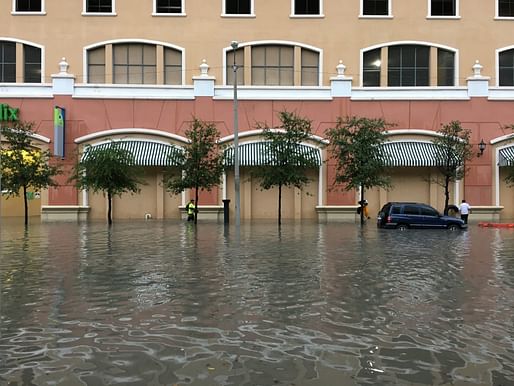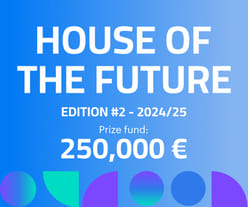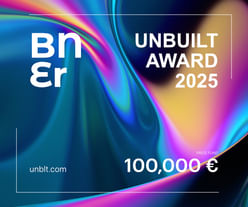
The city owns some of the most flood-prone, and at risk-lots in North Miami. Many of these lots are on a special list of repetitive loss properties because they've been damaged multiple times in a 10-year period.
In North Miami, and elsewhere, the amount of land designated as such is estimated to increase by 5,000 each year. As storms become increasingly frequent and severe, these sites pose a specific challenge: what to do with vulnerable areas that look likely to be submerged in the future.
The sensitive demands of RL properties are many. Often bought up by the city, keeping lots vacant can exacerbate perceptions of neglect and shift neighboring home values, while insuring and maintaining these sites is incredibly costly and constitutes a significant drain on resources.
Now the city is turning to architects for help.

The City of North Miami, one of the most flood-prone areas in the county, has announced a design competition for ideas on how to reimagine public use for these vacant lots. Working with the Van Alen Institute (who will be spearheading the process from competition design to implementation), the city is accepting proposals for an 18,101.81 sf site located in a residential neighborhood. Entrants will be judged by a panel of jurors, including architects, city planners, and climate researchers. Submissions are due May 26, from which three finalist teams will be selected in Mid-June.
For Phase I, the teams will be expected to create a high-level conceptual design for one of North Miami's RL sites. A second phase—in which the winning team advances to design and implement a full pilot project, as well as develop a masterplan for future RL sites—is slated for August.
"It is critical that we think strategically about how to manage the social and financial burden of repetitive loss sites," explains Jessica Lax, Van Alen's Director of Strategic Initiatives. "This competition is an opportunity to be proactive in our response to the impacts of climate change and reimagine the value of these spaces for communities and municipalities," she adds.

For her, and the city of North Miami, the goals of the two-stage, 7 month competition are twofold: to create an environmentally sustainable asset for the local community to enjoy. And, to set a precedent for forward-looking and scalable policy and design solutions that can serve as models for the region and far beyond.
The design competition is part of the Institute's Keeping Current program, a multi-year initiative to identify and implement innovative solutions to sea level rise in the Greater Miami region. The New York-based non-profit—who has administered a similar project to activate vacant lots in New Orleans—was interested in collaborating with the city agency in order to demonstrate that climate-adaptive innovation is not limited to large municipalities. While the design competition is relatively small scale, they are hoping the outcomes can have an outsized effect by helping to inspire local governments across the country to incorporate similar strategies and provide the resources needed to address the challenges presented by sea level rise.

The Last Nuclear Bomb Memorial / Edition #5
Register by Thu, Jan 16, 2025
Submit by Wed, Feb 19, 2025

250,000 € Prize / HOUSE OF THE FUTURE 2024/25
Register by Wed, Apr 30, 2025
Submit by Mon, Jun 2, 2025

The Architect's Chair / Edition #3
Register by Wed, Jan 15, 2025
Submit by Tue, Feb 18, 2025

100,000 € Prize / Buildner's Unbuilt Award 2025
Register by Thu, Oct 30, 2025
Submit by Thu, Nov 20, 2025
1 Comment
Uh, maybe design the homes to be occasionally flooded on the first floor by putting the main living areas on the second floor? The French plantation owners in Louisiana along the Mississippi River did that 200 years ago and it worked fine. Too easy I guess.